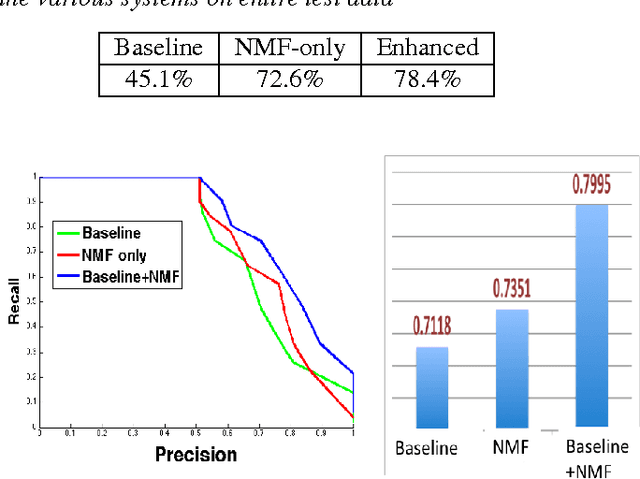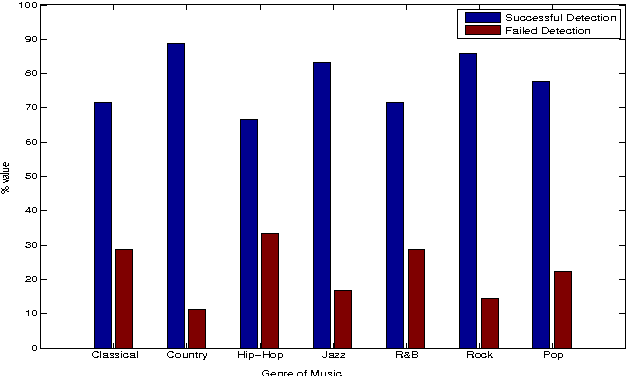Indradyumna Roy
Graph Edit Distance with General Costs Using Neural Set Divergence
Sep 26, 2024Abstract:Graph Edit Distance (GED) measures the (dis-)similarity between two given graphs, in terms of the minimum-cost edit sequence that transforms one graph to the other. However, the exact computation of GED is NP-Hard, which has recently motivated the design of neural methods for GED estimation. However, they do not explicitly account for edit operations with different costs. In response, we propose GRAPHEDX, a neural GED estimator that can work with general costs specified for the four edit operations, viz., edge deletion, edge addition, node deletion and node addition. We first present GED as a quadratic assignment problem (QAP) that incorporates these four costs. Then, we represent each graph as a set of node and edge embeddings and use them to design a family of neural set divergence surrogates. We replace the QAP terms corresponding to each operation with their surrogates. Computing such neural set divergence require aligning nodes and edges of the two graphs. We learn these alignments using a Gumbel-Sinkhorn permutation generator, additionally ensuring that the node and edge alignments are consistent with each other. Moreover, these alignments are cognizant of both the presence and absence of edges between node-pairs. Experiments on several datasets, under a variety of edit cost settings, show that GRAPHEDX consistently outperforms state-of-the-art methods and heuristics in terms of prediction error.
* Published at NeurIPS 2024
Adversarial Permutation Guided Node Representations for Link Prediction
Dec 13, 2020



Abstract:After observing a snapshot of a social network, a link prediction (LP) algorithm identifies node pairs between which new edges will likely materialize in future. Most LP algorithms estimate a score for currently non-neighboring node pairs, and rank them by this score. Recent LP systems compute this score by comparing dense, low dimensional vector representations of nodes. Graph neural networks (GNNs), in particular graph convolutional networks (GCNs), are popular examples. For two nodes to be meaningfully compared, their embeddings should be indifferent to reordering of their neighbors. GNNs typically use simple, symmetric set aggregators to ensure this property, but this design decision has been shown to produce representations with limited expressive power. Sequence encoders are more expressive, but are permutation sensitive by design. Recent efforts to overcome this dilemma turn out to be unsatisfactory for LP tasks. In response, we propose PermGNN, which aggregates neighbor features using a recurrent, order-sensitive aggregator and directly minimizes an LP loss while it is `attacked' by adversarial generator of neighbor permutations. By design, PermGNN{} has more expressive power compared to earlier symmetric aggregators. Next, we devise an optimization framework to map PermGNN's node embeddings to a suitable locality-sensitive hash, which speeds up reporting the top-$K$ most likely edges for the LP task. Our experiments on diverse datasets show that \our outperforms several state-of-the-art link predictors by a significant margin, and can predict the most likely edges fast.
Plagiarism Detection in Polyphonic Music using Monaural Signal Separation
Feb 27, 2015

Abstract:Given the large number of new musical tracks released each year, automated approaches to plagiarism detection are essential to help us track potential violations of copyright. Most current approaches to plagiarism detection are based on musical similarity measures, which typically ignore the issue of polyphony in music. We present a novel feature space for audio derived from compositional modelling techniques, commonly used in signal separation, that provides a mechanism to account for polyphony without incurring an inordinate amount of computational overhead. We employ this feature representation in conjunction with traditional audio feature representations in a classification framework which uses an ensemble of distance features to characterize pairs of songs as being plagiarized or not. Our experiments on a database of about 3000 musical track pairs show that the new feature space characterization produces significant improvements over standard baselines.
* Preprint version
 Add to Chrome
Add to Chrome Add to Firefox
Add to Firefox Add to Edge
Add to Edge